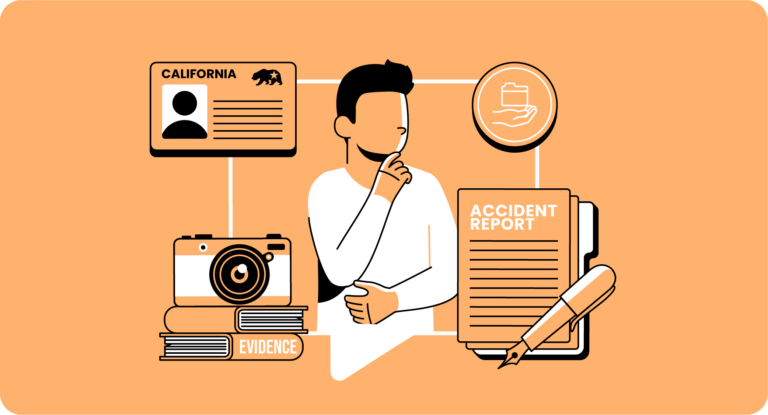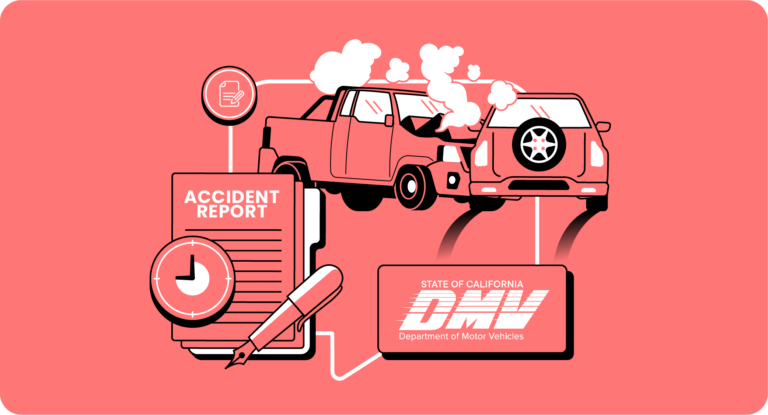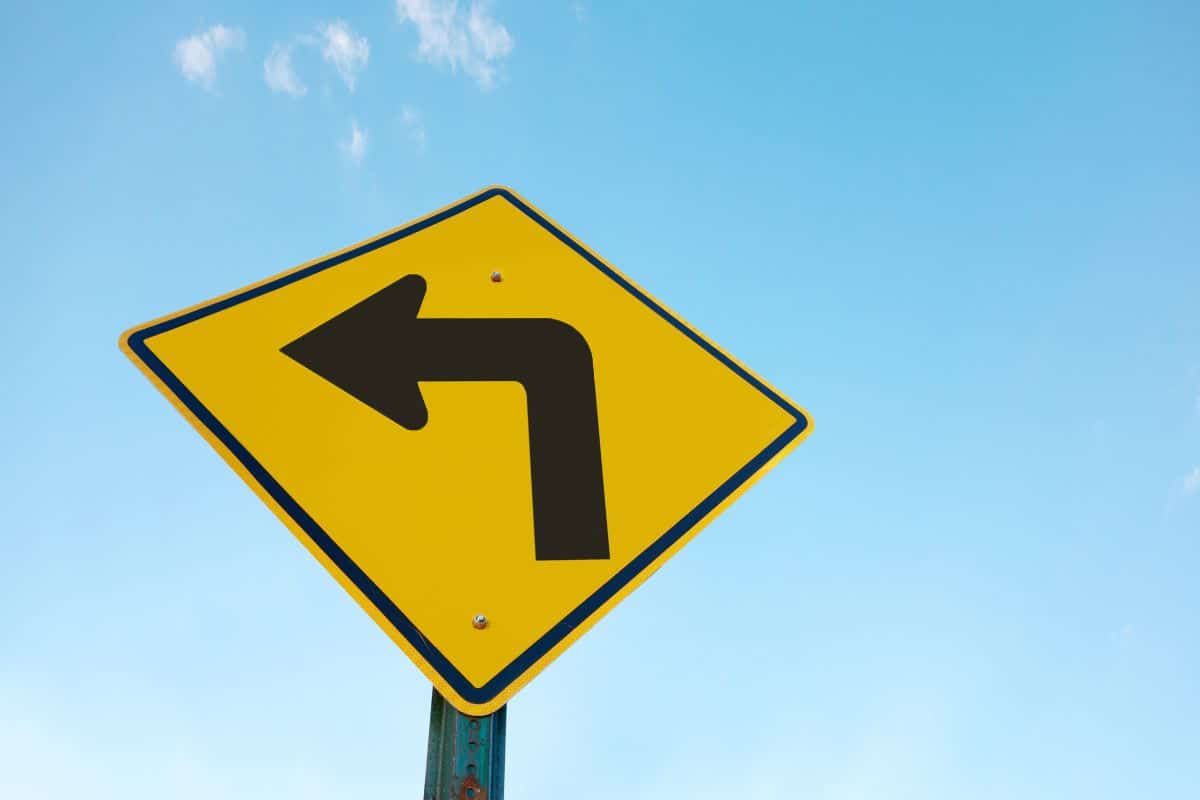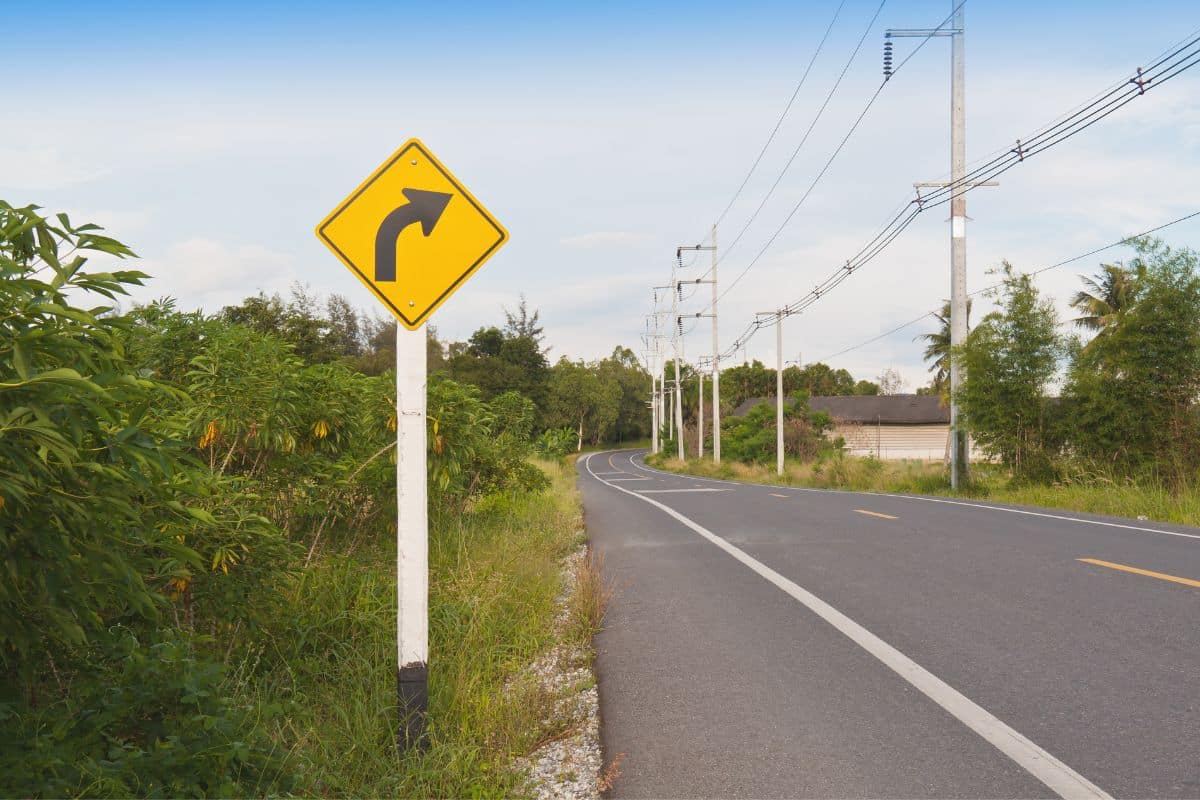Exchanging accurate information after a car accident is a critical step in protecting your rights. Failing to gather the necessary details can complicate insurance claims and liability disputes. Knowing exactly what information to share and how to document the exchange can make all the difference in resolving your case efficiently.
The Importance of Exchanging Information After a Collision
California Vehicle Code § 20002 requires drivers involved in a collision to stop and exchange information. This law applies to accidents resulting in injuries, no matter how minor, or property damage, and failure to comply can lead to fines, penalties, or criminal charges. Following this requirement ensures that all parties involved have the necessary information to resolve claims and disputes efficiently.
Sharing accurate information at the scene helps insurance companies process claims without unnecessary delays. Exchanging details like names, contact information, and insurance policy numbers creates a clear record of the parties involved. This documentation is essential for determining fault and ensuring that injured parties can recover compensation for their losses.
What Information Should Be Exchanged at the Scene?
Under California law, drivers must exchange specific details to comply with Vehicle Code § 20002. Failing to provide accurate or complete information can complicate insurance claims and lead to legal issues. Below is a comprehensive list of what should be exchanged at the scene:
- Full names of drivers involved – Verify the spelling of names to avoid errors when filing insurance claims or reports.
- Contact details, including phone numbers and addresses – Accurate contact information is essential for follow-up communication and claim resolution.
- Insurance company names and policy numbers – Provide your insurer’s name and policy number, and request the same from the other driver.
- Driver’s license numbers – Sharing driver’s license details ensures proper identification and compliance with the law.
- Vehicle registration information – Exchange the make, model, and license plate number of each vehicle involved.
- Description of the vehicles – Include color, year, and any distinguishing marks or modifications to the vehicles.
- Location of the accident – Note the specific intersection, mile marker, or address where the collision occurred.
- Names and contact information of passengers – If passengers were involved, their details may be helpful for witness statements or insurance purposes.
- Witness names and contact information – Collect details from any bystanders who observed the accident to support your version of events.
Providing and collecting all of this information ensures that each party has the details needed to file claims and resolve disputes efficiently.
Pro Tip
Ask for the other driver’s permission before taking pictures of their driver’s license or insurance card. While you do need to record and share this information by law, asking permission shows that you respect the other party’s privacy.
Steps to Take When Exchanging Information
Protecting Your Privacy While Sharing Information
While it is important to share details at the scene, safeguarding your personal information is equally critical. Avoid providing unnecessary details, such as your home address, especially if the other party seems confrontational or untrustworthy. Instead, offer a phone number or email address that can be used for follow-ups without compromising your privacy.
Consider using tools like insurance apps or digital ID cards to share essential information without exposing sensitive details. These tools allow you to provide your policy number and other critical details without handing over physical documents. Keeping your safety and privacy in mind during this process helps reduce potential risks.
Tip
Use tape or a piece of paper to cover your home address or other private details on your identification cards if the other involved party wants to take pictures of your license or insurance card.
Documenting the Scene While Exchanging Information
In addition to exchanging information, take the time to document the accident scene thoroughly. Use your smartphone to take photos or videos of the vehicles, road conditions, and any visible damages. Capturing these details ensures that your version of events is supported by visual evidence.
Focus on photographing license plates, vehicle damage, and any skid marks or debris on the road. Include wide-angle shots to show the position of the vehicles and close-ups of specific damage. These photos can be invaluable for proving fault and clarifying discrepancies in claims.
Remaining Calm and Professional During the Exchange
Tensions can run high after an accident, but remaining calm and professional is key to a smooth information exchange. Avoid arguing about fault or engaging in heated conversations with the other driver. Instead, focus on gathering the required details and documenting the scene.
If the other party becomes confrontational, step back and wait for law enforcement to arrive. Police officers can help mediate disputes and ensure the information exchange complies with California law. Maintaining a professional demeanor can prevent unnecessary conflict and protect your interests.
Note
When other drivers act belligerent or aggressive, politely request that all parties involved wait for the police to arrive before exchanging information to avoid dangerous confrontations. When contacting emergency services, advise them that the other parties are acting aggressively or angry to portray a sense of urgency for the police to arrive as quickly as possible.
Handling Drivers Who Refuse to Share Information
If the other driver refuses to provide their details, document their license plate number and vehicle description. This information can help law enforcement or your insurance company identify them later. If necessary, call the police to report the refusal and request assistance in obtaining the required details.
California law requires drivers to exchange information after an accident, and refusal to comply can result in penalties. Providing law enforcement with a detailed description of the other vehicle ensures that the situation is documented, even if the other driver is uncooperative.
Verifying the Accuracy of the Information Collected
Before leaving the scene, double-check the information you have gathered for accuracy. Verify the spelling of names, phone numbers, and policy details to avoid delays in processing your claim. Taking the time to confirm these details can save you significant hassle later.
If possible, take a photo of the other driver’s insurance card, license, and registration. This eliminates the possibility of transcription errors and provides a visual record of their information. Accuracy during this step ensures a smoother claims process and reduces the likelihood of disputes.
What to Avoid When Exchanging Information
Admitting fault or discussing liability at the scene of an accident can complicate your case. While it is important to remain cooperative and share necessary details, making statements like “I’m sorry” can be misconstrued as an admission of fault. Focusing on collecting information and documenting the scene will help protect your rights and avoid unnecessary disputes.
What You Should Avoid:
- Avoid making statements like “I’m sorry” that could be construed as admitting fault – Even if you feel apologetic, such remarks can be used against you when determining liability. Stick to providing factual information only.
- Do not argue with other drivers or witnesses – Heated confrontations can escalate tensions and distract you from gathering necessary details. Staying calm ensures that the process goes smoothly.
- Never leave the scene without exchanging information – Failing to remain at the scene violates California law and could result in criminal penalties. Even if the accident seems minor, stay until you have exchanged all required details.
- Avoid discussing the specifics of what caused the collision – Speculating on fault or discussing contributing factors can complicate your claim. Let the evidence and investigation establish what happened.
- Do not share unnecessary personal information – Limit the details you share to what is legally required, such as your name, insurance, and vehicle registration. Avoid giving your home address if it is not essential.
Legal Obligations for Hit-and-Run Accidents in California
Under California Vehicle Code § 20001, drivers involved in a collision must stop and exchange information, even if the other party is not present. This includes leaving a note with your contact details, insurance information, and a description of the accident. Failure to comply with these requirements is considered a hit-and-run offense and can lead to serious consequences.
Penalties for Failing to Comply
- Fines: Drivers may face fines of up to $1,000 for hit-and-run violations.
- License suspension: The DMV may suspend your license for up to six months.
- Criminal charges: Hit-and-run offenses can result in misdemeanor or felony charges, depending on the severity of the accident.
- Jail time: Felony hit-and-run cases can carry prison sentences of up to four years if other parties were seriously or fatally wounded.
- Increased liability: Failing to exchange information can negatively impact your ability to defend yourself in an insurance claim or lawsuit.
Common Mistakes to Avoid When Exchanging Information
Exchanging information at the scene of an accident is a critical step, but it is easy to make mistakes in a stressful situation. Below are common errors and how to avoid them:
Forgetting to Take Photos of Insurance Cards or Licenses
Relying on handwritten notes can lead to transcription errors or missing details. Instead, use your smartphone to take clear photos of the other driver’s insurance card, driver’s license, and vehicle registration. These images ensure you have accurate records and eliminate the risk of errors when filing your claim.
Photos also act as time-stamped evidence, proving that the exchange of information occurred at the accident scene. If a dispute arises later, having visual proof of the other driver’s details can support your case. Make sure the photos are well-lit and legible to avoid complications during the claims process.
Not Double-Checking Contact Numbers
It is essential to verify the other driver’s phone number before leaving the scene. An incorrect or incomplete number can make it impossible to follow up or resolve claims with their insurance company. Take a moment to confirm the number by calling or texting it while you are still at the accident scene.
If the other driver hesitates or refuses to confirm their contact details, note their license plate number and provide this information to your insurance company or law enforcement. Having accurate contact information ensures smooth communication during the claims process and reduces delays in resolving your case.
Failing to Document Witness Details
Witnesses can provide valuable testimony to support your version of events, but they are often overlooked during the information exchange. Be sure to collect the names, phone numbers, and email addresses of any witnesses at the scene. Witness accounts are especially important in cases where liability is disputed or the other driver refuses to cooperate.
When collecting witness information, ask if they are willing to provide a statement to law enforcement or your insurance company. A witness who observed the events firsthand can help clarify fault and strengthen your case. If possible, record their statement on your smartphone to preserve their account while it is fresh in their mind.
Omitting Vehicle Details
Neglecting to record the make, model, color, and license plate number of the other vehicle can create issues when filing a claim. Take photos of the vehicle from multiple angles and note any distinguishing marks or features. This ensures you have a complete record of the other party’s vehicle.
Forgetting to Exchange Insurance Policy Numbers
Sharing only the name of your insurance company is not enough. Be sure to exchange full policy numbers, as this information is necessary for filing claims. Verify the policy number by photographing the insurance card to ensure it is correct.
FAQ: Exchanging Information After a Collision
What if the other driver refuses to share their information?
If the other driver refuses to share their information, stay calm and avoid confrontation. Instead, document their vehicle details, including the make, model, color, and license plate number, and take photos if possible. Contact the police to report the situation, as failing to provide information after a collision violates California Vehicle Code § 20002, and law enforcement can help you obtain the necessary details.
Should I call the police if the other driver leaves the scene?
Yes, if the other driver leaves the scene, you should immediately contact the police to report the incident. Leaving the scene of an accident without exchanging information is considered a hit-and-run under California Vehicle Code § 20001, which can result in criminal charges. Providing law enforcement with details like the fleeing vehicle’s license plate number and any witness accounts will help document the incident and support your case.
Do I need to exchange information for minor accidents without damage?
Yes, even if the accident seems minor and there is no visible damage, you are still required to exchange information under California law. Small issues like scratches or minor injuries may seem insignificant at the moment but could lead to claims or disputes later. Exchanging names, contact details, and insurance information ensures that all parties are prepared to address any unforeseen issues that arise after the accident.
Secure Your Rights After a Collision With Crockett Law Group
Exchanging accurate information after a collision is a critical step in protecting your rights and securing compensation. When drivers fail to provide their information, it can complicate insurance claims and legal proceedings. Contact Crockett Law Group for guidance on how to handle your case and pursue the compensation you are entitled to receive.










